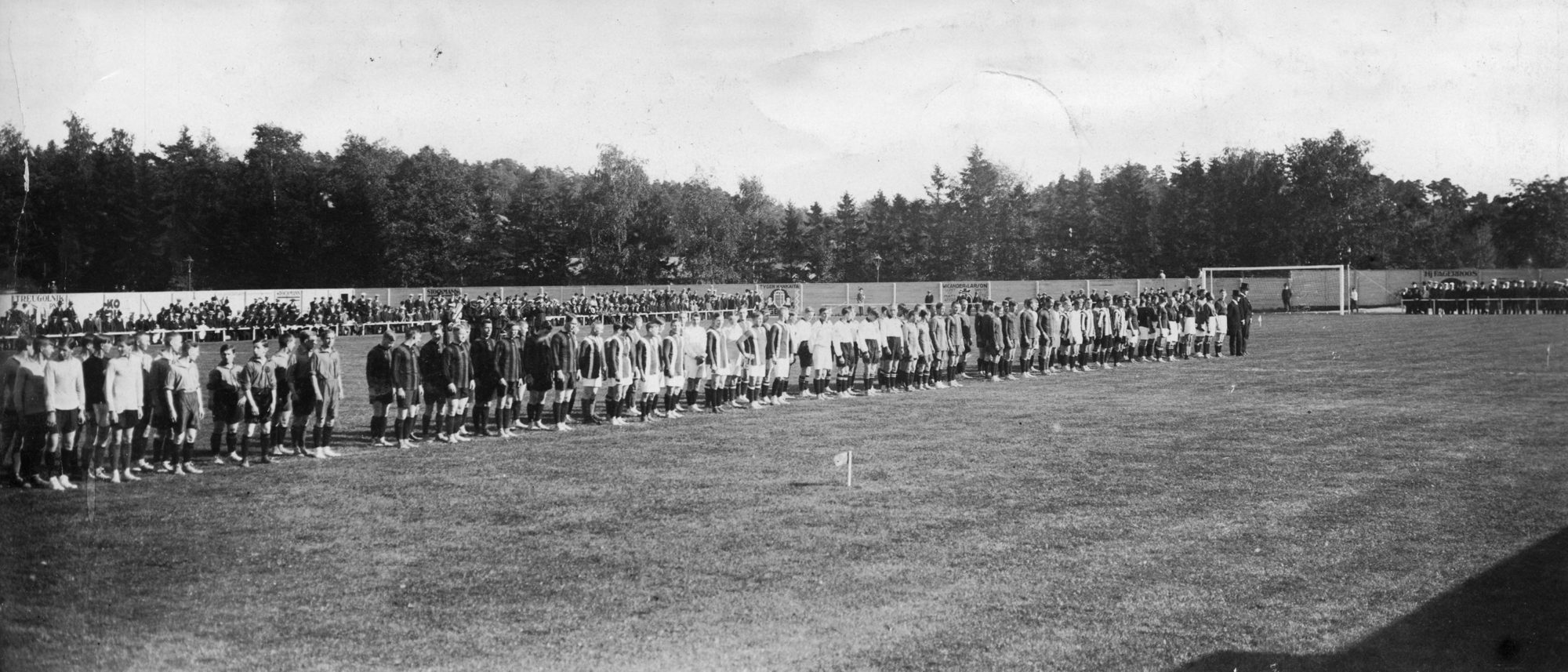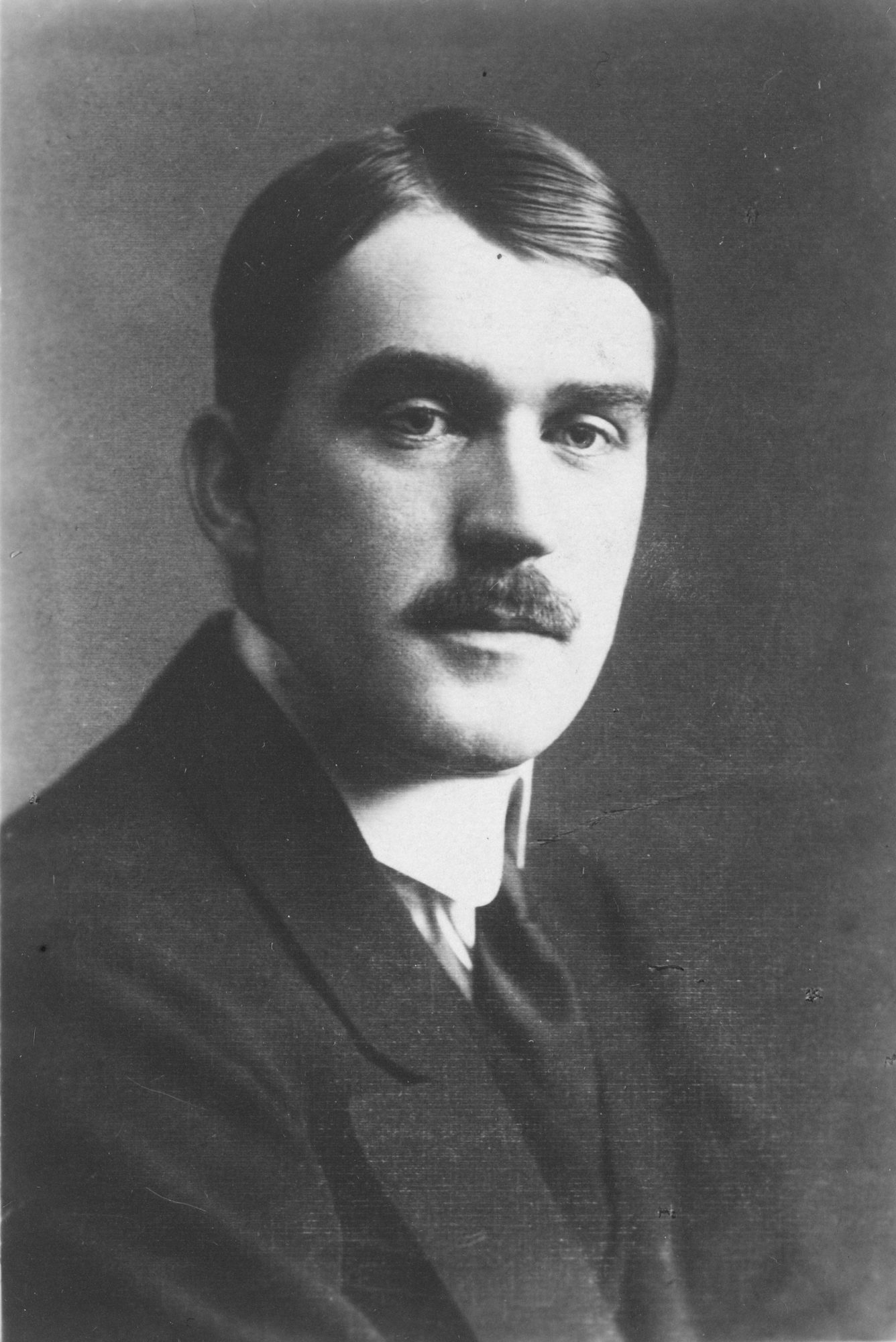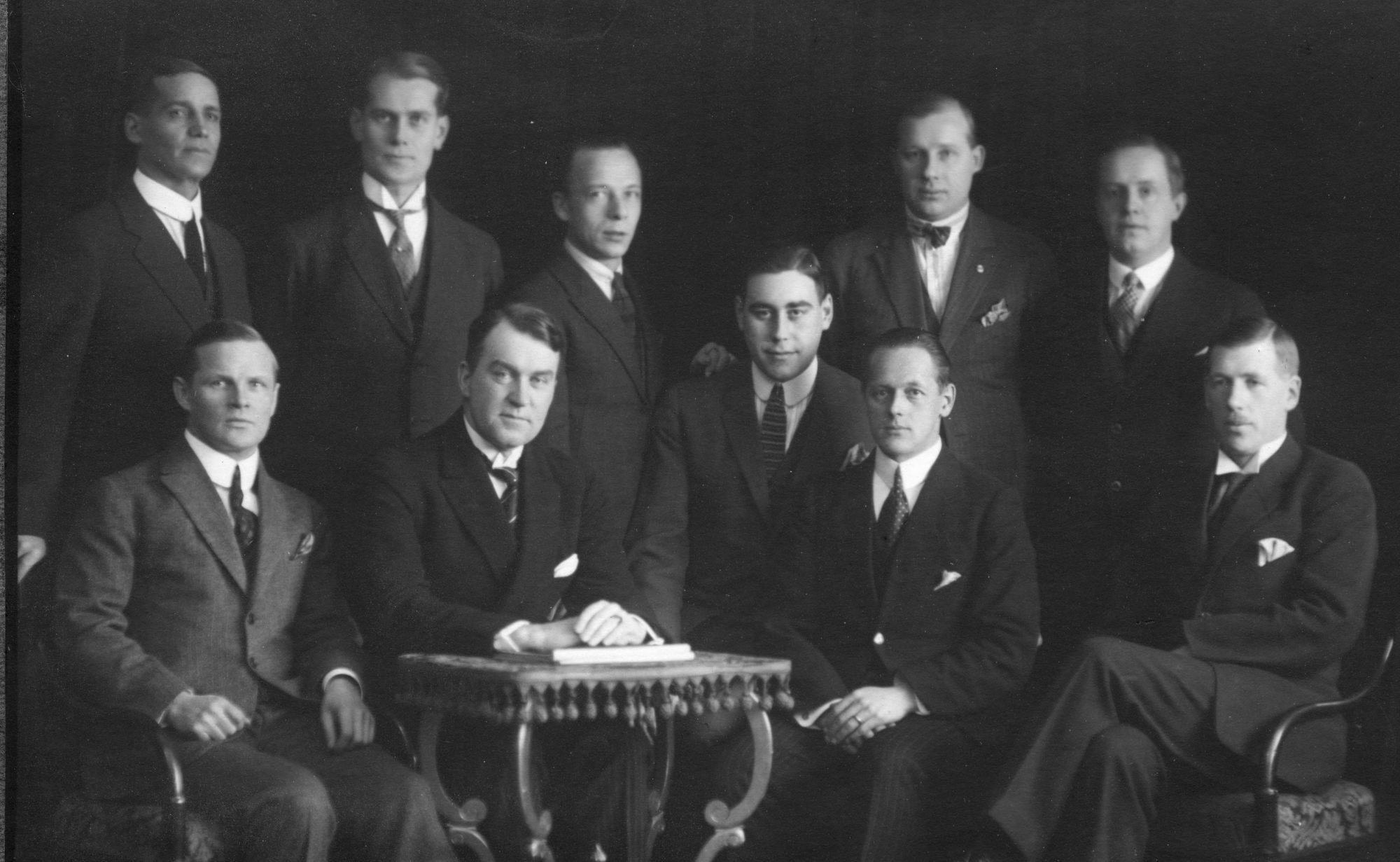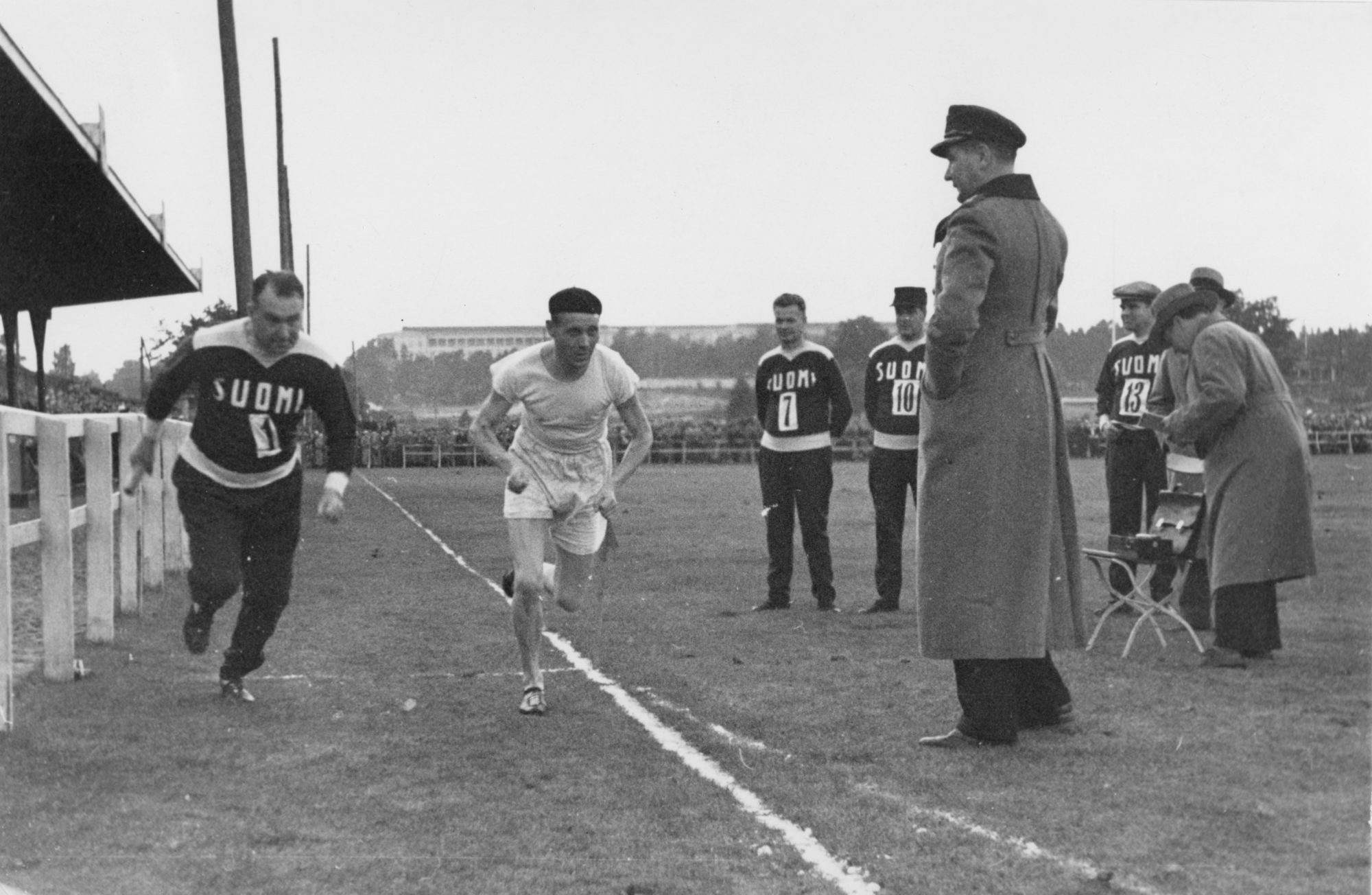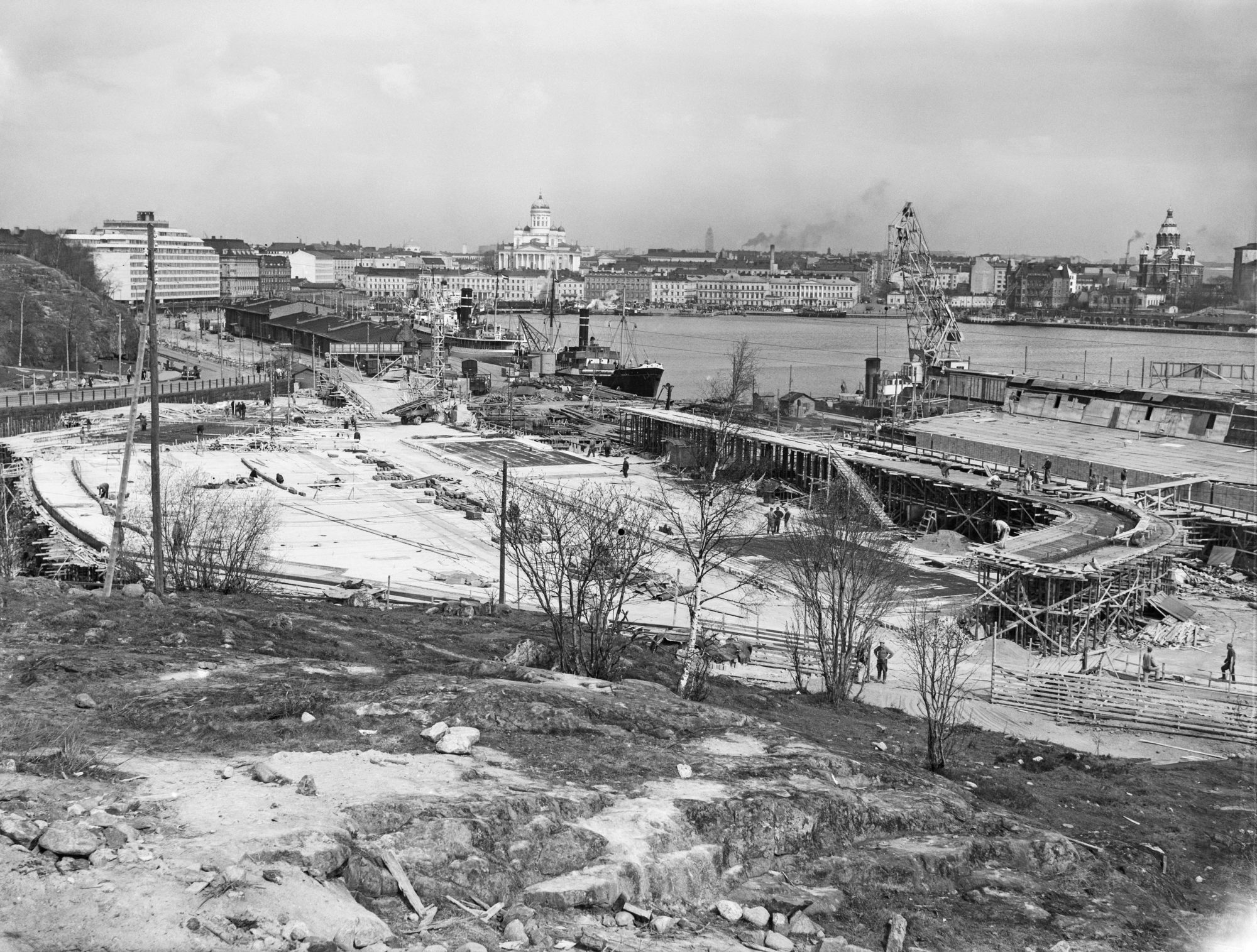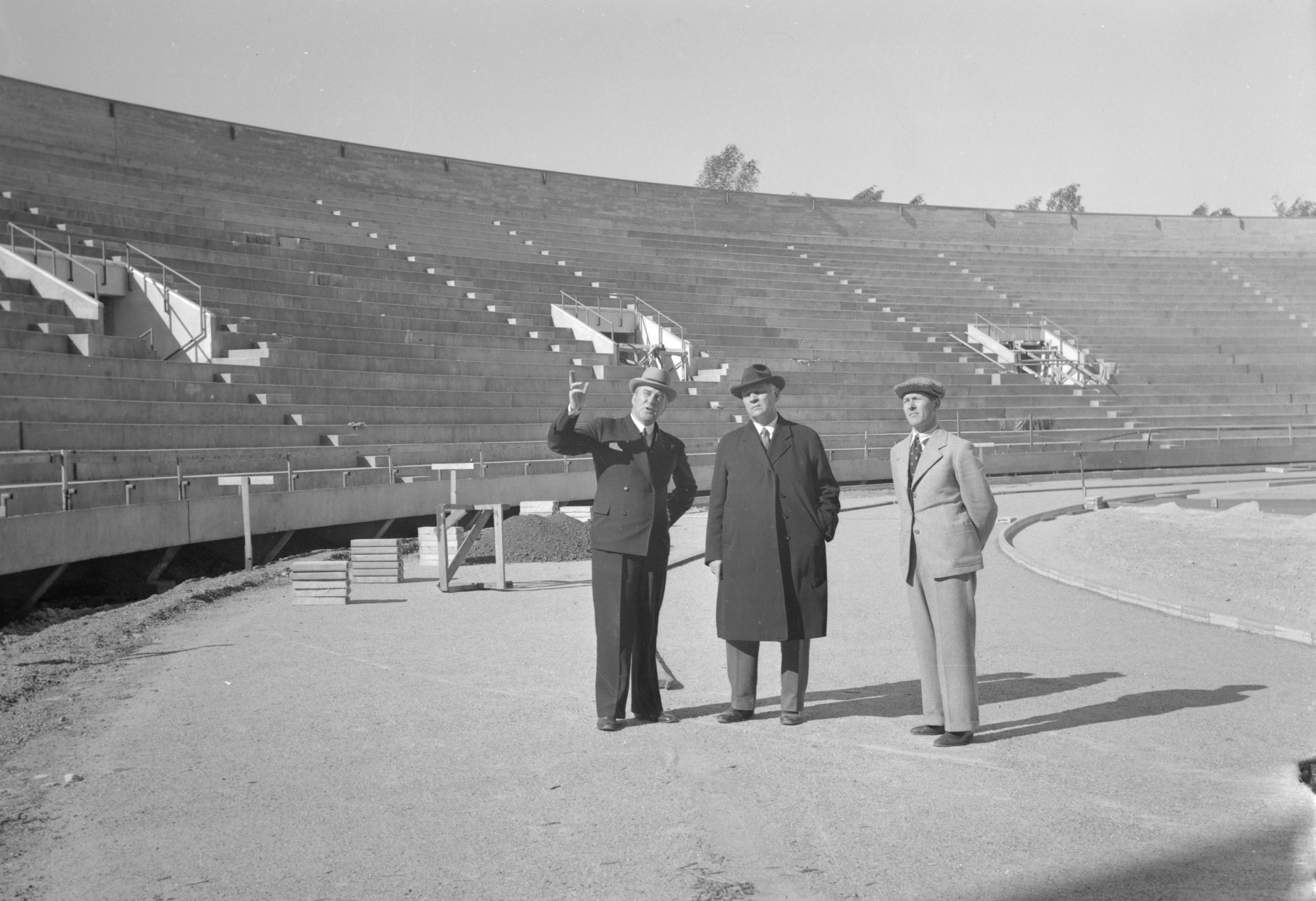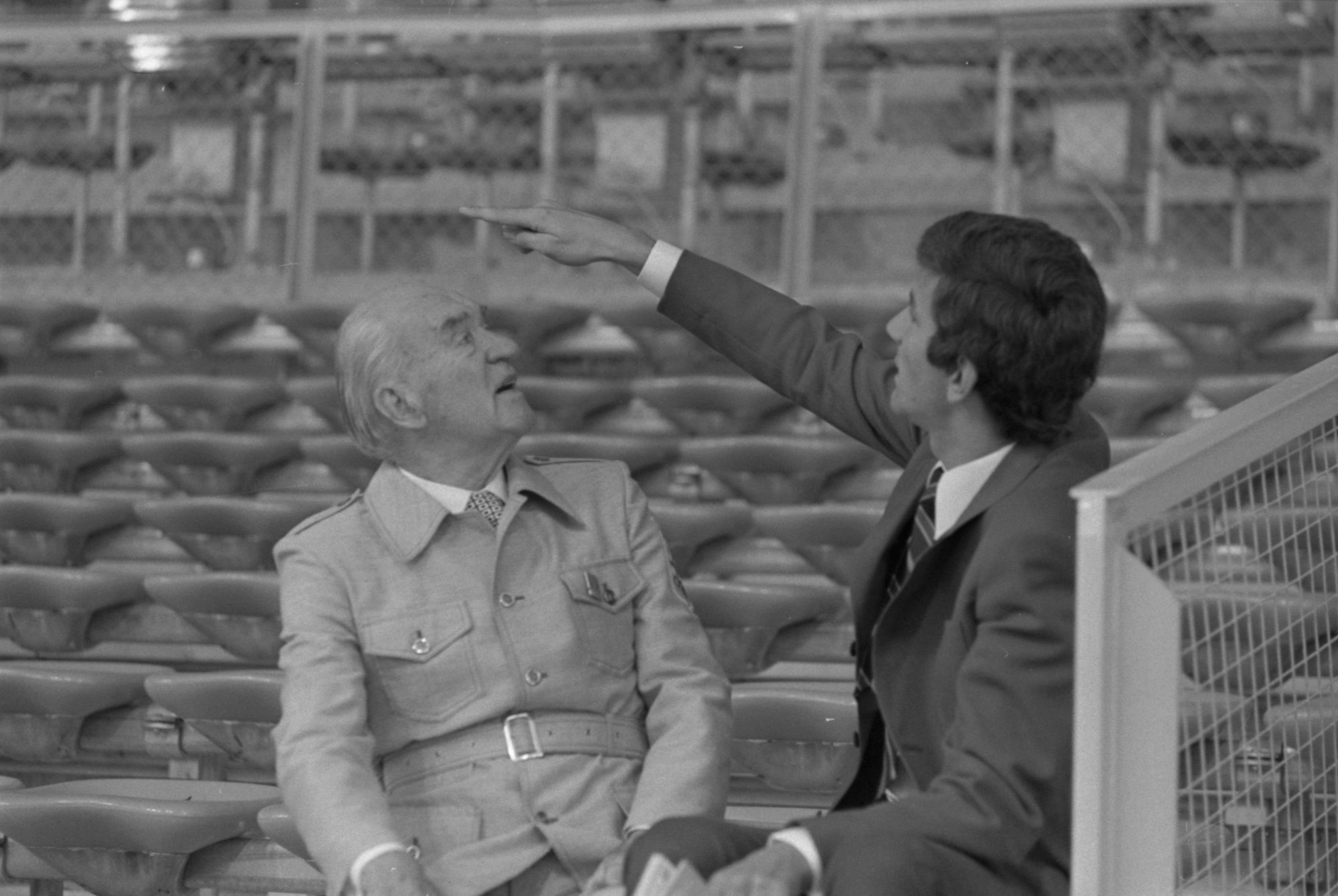1917
Appointed managing director of development company Emissiooni Oy. Becomes known for ambitious but ultimately failed ventures in electric power, banking and air traffic. Political career begins when elected to Helsinki city council as representative of the Swedish People’s Party (SFP). Daughter Vivica (later Bandler) is born.
1918
Elected President of the Finnish Football Association. During the Finnish Civil War in spring 1918 goes to Stockholm to procure loans and donations from Swedish banks for the White army. Participates in battles as lieutenant in the White artillery. After the war co-founds Suomen Sokeri Oy by consolidating six Finnish sugar mills into one company. Also works as Finland’s commercial attaché in Berlin, aiming to stabilise trade relations between Finland and Germany.
1919
Named chairman of the newly founded sports committee of Helsinki city, which marks the beginning of a decades-long career as influential background figure in the sports life of the Finnish capital. Becomes member of the Finnish Olympic Committee and of a state committee for the planning a national sports institute. Gets more involved in motor sports as founder member of the Finnish Automobile Club. Later serves as its president between 1936 and 1956.

